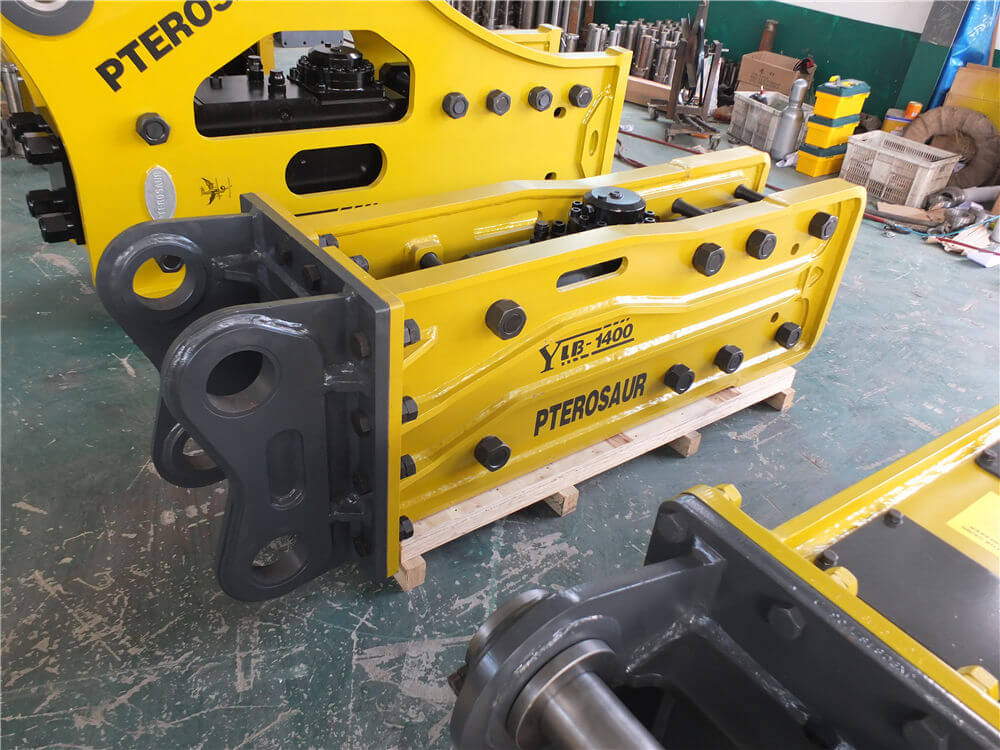The Power of Hydraulic Breakers in Construction: An Overview
Hydraulic breakers are indispensable tools in the construction industry, widely recognized for their efficiency and effectiveness in demolition and excavation tasks. These machines utilize hydraulic power to deliver powerful blows, enabling the quick and effective breaking of concrete and rock. This article explores the various types of hydraulic breakers, their applications, and the benefits they provide in construction projects.
Understanding Hydraulic Breakers
Hydraulic breakers, also known as hydraulic hammers, are specialized construction machines designed to perform heavy-duty tasks. They are equipped with one or multiple hydraulic hammers mounted on a mobile platform, allowing for versatility in various construction settings. The primary function of these machines is to break hard materials, making them essential for projects involving the demolition of concrete structures or the excavation of rock.
Types of Hydraulic Breakers
Hydraulic breakers come in several types, each tailored for specific applications:
-
Top-Type Hydraulic Breakers: These are mounted on the top of excavators and are ideal for general demolition tasks.
-
Side-Type Hydraulic Breakers: Designed for side-mounted operations, these breakers are commonly used in confined spaces where maneuverability is crucial.
-
Box-Type Hydraulic Breakers: Known for their strength and durability, box-type breakers are preferred for heavy-duty applications.
-
Integrated-Type Hydraulic Breakers: These combine the hydraulic breaker and the carrier into one unit, providing a streamlined operation for specific tasks.
Key Features and Innovations
Modern hydraulic breakers are engineered for maximum efficiency and durability. For instance, the HDX Range of hydraulic breakers is built to withstand extreme conditions encountered in construction, demolition, quarrying, and waste management. They are equipped with advanced features such as anti-blank fire systems and auto-lubrication, which enhance performance and reduce maintenance needs.
Additionally, manufacturers like Rotair and Atlas Copco have developed hydraulic breakers with technologies designed for low noise and energy efficiency. This is crucial not only for compliance with environmental regulations but also for creating a safer job site.
Benefits of Using Hydraulic Breakers
-
Efficiency: Hydraulic breakers significantly reduce the time required for demolition tasks, allowing for faster project completion.
-
Versatility: These machines can be used in a variety of settings, from construction sites to quarries, making them a valuable addition to any contractor’s toolkit.
-
Durability: Designed for intensive use, hydraulic breakers have a long service life, providing a solid return on investment.
-
Reduced Labor Costs: The mechanization of demolition tasks minimizes the need for manual labor, leading to cost savings in labor expenses.
-
Safety: Hydraulic breakers are designed with safety in mind, reducing the risks associated with manual demolition methods.
Conclusion
In conclusion, hydraulic breakers are a cornerstone of modern construction and demolition practices. Their ability to efficiently break through concrete and rock, combined with advances in technology and design, make them an essential tool for contractors. As the construction industry continues to evolve, the role of hydraulic breakers will undoubtedly expand, further solidifying their importance in heavy-duty applications.
For those looking to invest in hydraulic breakers, it is essential to consider the specific needs of your projects and choose the right type of breaker that aligns with your operational requirements. With the right equipment, you can enhance productivity, ensure safety, and achieve successful project outcomes.



































